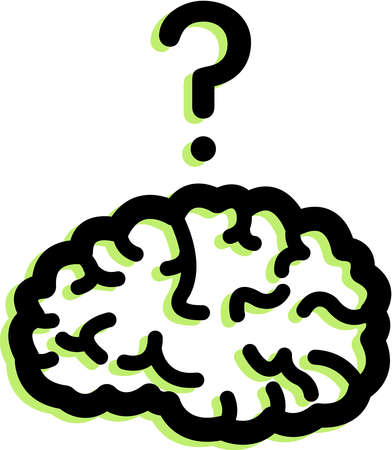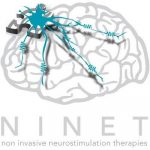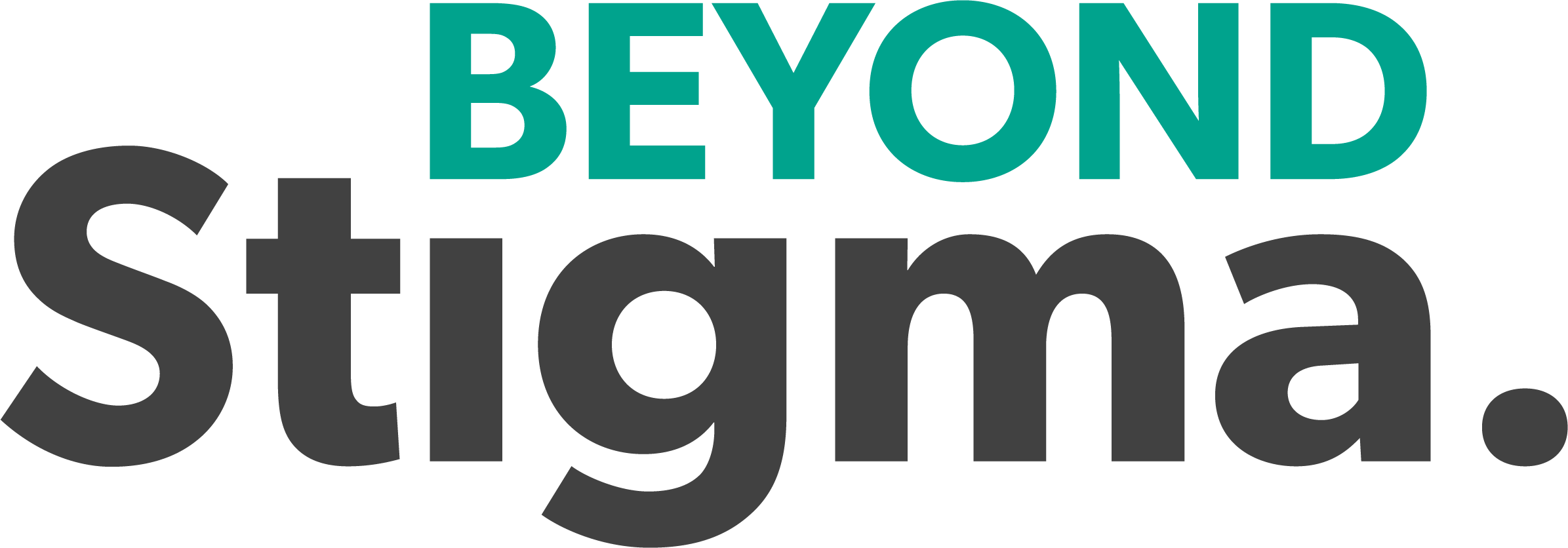
May 2019
www.ninet.med.ubc.ca
PDF version of the newsletter can be found here
Spring is fully underway and this is our 4th newsletter from the NINET Public Advisory Committee (PAC), comprised of members of the public, clinic patients, lab personnel and Dr. Fidel Vila-Rodriguez. We meet monthly to discuss improvements at the clinic, on-going research, and to exchange ideas how to improve access to and education about non-invasive neurostimulation therapies for people with mental illness. If you have questions, suggestions, or topics you would like to see in the newsletter, contact us at newsletter.ninetlab@gmail.com or leave a note for the newsletter editors at the NINET office.
SEEKING MSP COVERAGE: UPDATE!
In the March edition of this newsletter, we outlined the process to have rTMS included under the Medical Services Plan (MSP) here in BC. The NINET Clinic and Lab led the submission of rTMS to the province’s Health Technology Assessment Committee (HTAC) in December 2018. The first step toward approval is for HTAC to accept the nomination and move forward with an evaluation of the scientific research on rTMS’ effectiveness.
We are pleased to share that HTAC accepted rTMS for its scientific review process in April. If all goes well, sometime this fall, HTAC will make a recommendation to the BC Ministry of Health on whether rTMS treatment ought to be included as part of the public health care system. Then, it will be up to the Ministry to consider implementing HTAC’s recommendation (along with funding and logistic issues). Stay tuned!
ASK AN EXPERT: DIFFERENT rTMS PROTOCOLS
Our research expert, Dr. Fidel Vila-Rodriguez, shares some of the differences between the rTMS protocols. Not everyone at the clinic gets the same rTMS treatments even if they share a common diagnosis. Do you ever wonder why? Just as different people often need different combinations of medication to treat similar illness, there are many different rTMS protocols, depending on the effect we
want to achieve for an individual patient.
After the initial assessment with one of the NINET Clinic psychiatrists, patients are assigned to the most appropriate protocol, depending on their individual needs. The rTMS protocols fall into two categories: excitatory and inhibitory.

Excitatory protocols: As the name suggests, this protocol excites the brain cells when delivered. This increases the brain activity of the area that is stimulated, to counter the suppressed activity of the brain. Suppressed activity of the left dorsolateral prefrontal cortex of the brain is commonly described in depressed patients. This is associated with anhedonia, lack of motivation, and indecisiveness.
Inhibitory protocols: Antagonistic to the excitatory protocols, this protocol suppresses the brain cells. This decreases the brain activity of the area that is stimulated, to counter the hyperactivity of the brain. Hyperactivity of the right dorsolateral prefrontal cortex of the brain is commonly described in depressed patients. This is associated with negative emotion processing, pessimistic and unconstructive thinking styles, and disturbed sleep.
The energy frequency as well as its pattern is different between the excitatory and inhibitory protocols as well.
Frequency: To increase brain excitability, we use frequencies higher than 5 Hertz (Hz). Lower frequencies (below 5 Hz) will induce an increase in excitability of the neurons.
Pattern: The pattern of the stimulation also has an excitatory or inhibitory effect. To increase brain activity, the theta bursts are delivered intermittently. Decreased brain activity is obtained with theta bursts in a continuous pattern.
There are many other parameters of the protocols, such as phases, placement of coil, and duration of treatment, which vary for each individual. Also, the dose varies based on each individual’s motor threshold test. Motor threshold was discussed in our April newsletter which you can find here.
Questions? You can ask them at a Group Medical Visit!
NINET CLINIC PATIENT MEDIA PANEL
Last month, we included a call for volunteers among NINET Clinic patients who would be willing to answer questions about their experience with rTMS. The NINET office receives these requests from the media from time to time. In this article, Brenda J. explains why she feels responding to media requests is important:

There is incomplete awareness of rTMS as a treatment option amongst patients and healthcare providers. Some of us have a much better response to rTMS than we do to alternative treatments – and it is incredibly important that patients who need it receive adequate intervention for depression early as possible.
 The more people who know about rTMS, the better the support we can gather towards achieving MSP coverage for treatment. I was a research subject in a recent NINET rTMS study, and many patients (including me!) are receiving clinical treatment benefits because of that study. Sharing that information might support research donations. It might also encourage members of the public to participate in research, so that potential studies are never detrimentally affected by recruitment difficulties.
The more people who know about rTMS, the better the support we can gather towards achieving MSP coverage for treatment. I was a research subject in a recent NINET rTMS study, and many patients (including me!) are receiving clinical treatment benefits because of that study. Sharing that information might support research donations. It might also encourage members of the public to participate in research, so that potential studies are never detrimentally affected by recruitment difficulties.
There is still an immense stigma regarding mental health conditions. It is very difficult for us as patients to publicly discuss depression treatment, as compared to how we would feel discussing our experiences
using a new type of splint for a broken leg. If we are able to, I think speaking out helps to support our
fellow patients who are not comfortable with public discussion. I know I appreciated other patients being a voice during the many years when I couldn’t have imagined disclosing my depression.

Call to Action: If you feel comfortable, please consider joining the NINET patient rTMS media contact list. If you are not comfortable joining the contact list but would like to make a comment, email us or leave a note at the NINET office (giving your name is entirely optional). Your remarks are important. Submitting them privately allows us to say, “Other patients have commented…” while respecting your
anonymity. – Brenda J.